Ramesses II was the third ruler of the 19th Dynasty. His rule came just a few decades after major political and religious upheaval at the end of the 18th Dynasty.
It wasn’t too long after the reign of the famous boy King Tutankhamun when Ramesses rose to power. Tutankhamun’s death effectively marked the end of his royal line, as he died without an heir.
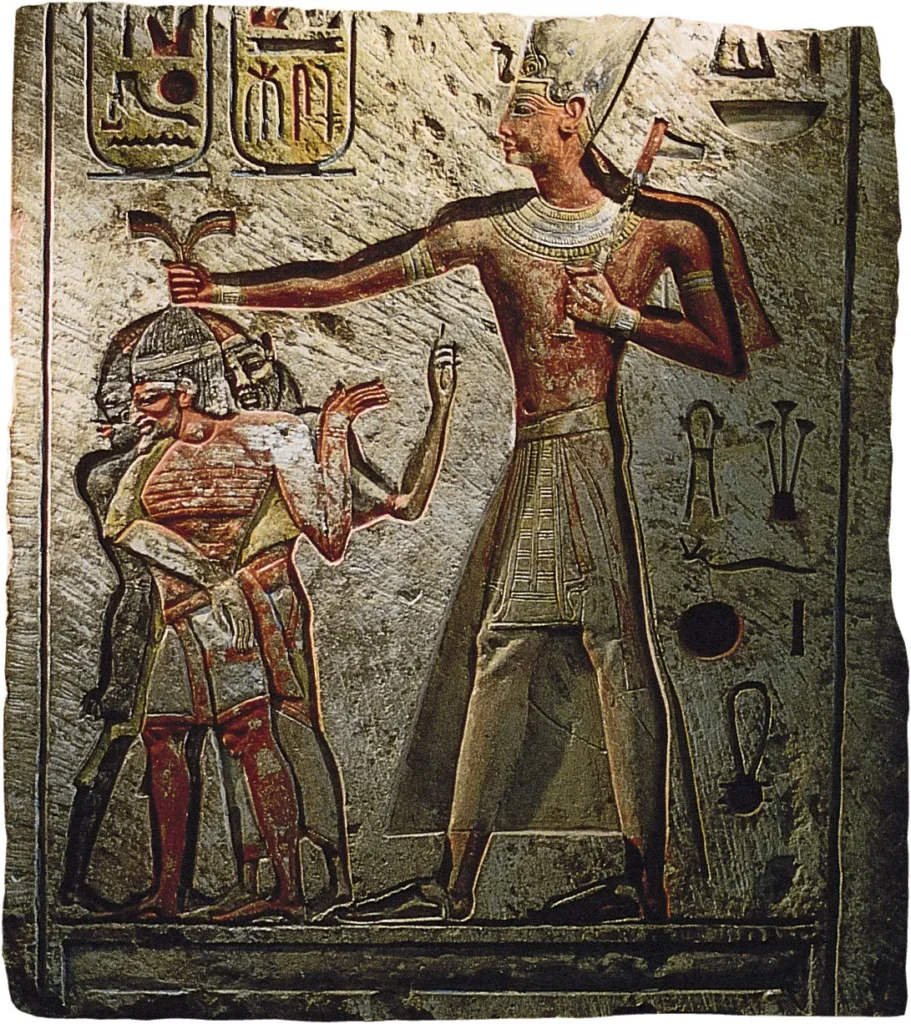

Tutankhamun’s father, Akhenaton, was one of Egypt’s most infamous figures. He championed a change from the worship of the pantheon of Egyptian Gods in favour of a single deity, the Aten.
As a result of this upheaval, the Pharaohs between Tutankhamun and Ramesses II worked to restore faith in their position of power. This was especially important for Ramesses’s family, as they were not of royal blood.
Ramesses I And Succession
Following the death of Tutankhamun, Horemheb took the throne. Horemheb was the Commander of Egypt’s armies during Tutankhamun’s reign – it was his work almost exclusively that restored Egypt to a major world power after Akhenaton’s disastrous rule.
Horemheb was, of course, not born into royalty. His rule started a line of succession that would create a new royal line, largely from civilians.
Horemheb promoted Ramesses I as his successor. Prior events had made Horemheb concerned with securing a new line of succession, but he was childless.
Ramesses I was Horemheb’s Vizier. In addition to his loyalty, he had a family line already available to continue a new royal line. Ramesses I’s reign started the 19th Dynasty of Ancient Egypt.
The Regin Of Ramesses II
Ramesses II ruled for a long time – over 60 years. He rose to power young when his father died and lived to be well over 95. His extended rule and the generally short lifespan of Egyptians meant that he outlived many of his children. And he had many children.
Though it is impossible to say for certain, he is believed to have fathered over 100 sons and daughters. His first 12 sons and numerous daughters would die before he did, but his line was more than secure.
His successor, Merneptah, was the first Pharaoh since Tutankhamun to be born as royalty.
During his reign, Ramesses II put great emphasis on the building of monuments. He ran many successful military campaigns, further securing his place as one of the most powerful men in the world during his reign.
Under the rule of Ramesses II, Egypt prospered. Though some rulers that came later may have been better kings, Ramesses II was by far the most popular Pharaoh of his dynasty and many of the dynasties that came after.
Many of his monuments are among Egypt’s most popular, including the cliffside temple of Abu Simbel.
Abu Simbel
One of Ramesses’ most well-known temples is that of Abu Simbel. Situated at the southern end of Egypt, this temple faced Nubia in antiquity. Some have speculated that this was meant to be a show of power.
This temple is carved directly into the side of the cliff. Four 20-metre statues of Ramesses II flank the entrance, with two on each side of the central doorway.
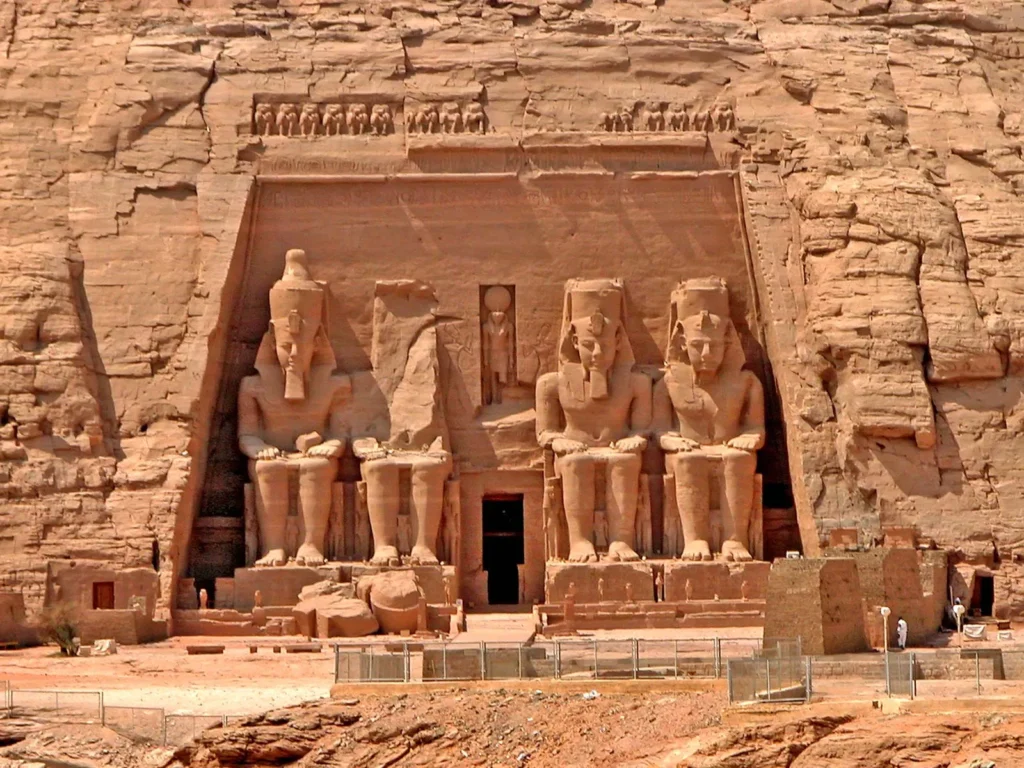
At the feet of the statue are figures that represent his main Queen, Nefertari, as well as their children and his mother, Queen Ti.
This temple, dedicated to Amon-Re and Re-Horakhte, features reliefs of worship and Ramesses II’s victory in Kadesh. This was a prominent example of how Ramesses II won the hearts of the Egyptian people through propaganda.
Ramesses II And The Art Of Propaganda
At one time, Ramesses II was promoted as the ‘Great Ancestor’ for all subsequent Egyptian Pharaohs. Though technically true, a lot of Ramesses II’s positive image can be attributed to good press.
Ramesses II was known to embellish a lot of his accomplishments. Though he built many monuments and ran several successful military campaigns, he gained a lot of notoriety through propaganda.
One of the biggest claims Ramesses II made was absolute victory over the Hittites at Kadesh. Other sources claim that the battle was a draw. Regardless, this battle was resolved in the first peace treaty in the world, so there is some validity to his claims.
Of course, the propaganda didn’t end here. In addition to his monuments, Ramesses II often changed the inscriptions on statues and monuments built by previous Pharaohs. This wasn’t an uncommon practice in Egypt, but Ramesses II was perhaps the largest perpetrator.
Each statue Ramesses II commissioned was engraved deeply into the stone. While shallow reliefs from other Pharaohs could be easily altered, Ramesses sought to make his images difficult to change after his death.
His efforts to secure his legacy through art have made him one of the most represented Pharaohs in Ancient Egypt.
Death And Discovery
Ramesses II lived to be 97 years old. He is the longest-ruling Egyptian Pharaoh ever documented, as he ascended to the throne at 14 years old.
Ramesses II’s first tomb was KV7, which was located in the Valley of the Kings. However, this was far from his final resting place.

Tomb robbers forced Egyptian priests to relocate many mummies from well-known tombs. Ramesses II’s mummy was among them.
In total, the mummies of 50 rulers and nobles were found in a secret cache. The location of this cache, Dier el-Bahri, was kept safe from looters throughout the ages until its discovery in 1881.
Ramesses II was identified by writing on the linen wrappings of his mummy. These hieroglyphics detailed the priests’ efforts to protect the mummy. It gave archaeologists enough evidence to definitively identify the mummy.
The Mummy’s Passport
Upon further examination, archaeologists found Ramsses’s mummy to be in danger of complete degradation. A fungal infection threatened to destroy the Pharoah’s body, and immediate treatment was needed.
This meant that Ramesses II had to travel to France. Here, he would undergo a radiation treatment that would eliminate any fungal growth on his body.
While reigning monarchs usually don’t need passports to travel, Ramesses was a different story. To take the Mummy to France, he needed an active passport.
So, in 1974, Ramesses II was issued a valid Egyptian passport. Images of this passport are not available online, though many viral sources claim to have legitimate pictures.
On your passport, you need to list an occupation. The Pharoah’s occupation was “King (deceased)” according to his passport, which included a picture of the mummy’s face for verification.
Upon arrival in Paris, Ramesses II was received with full military honours.
Final Resting Place
After his treatment, Ramesses II was flown back to Cairo. He returned to the Egyptian Museum in Cairo alongside many other Egyptian Pharaohs.
However, this wouldn’t be his final resting place. In 2021, the National Museum of Egyptian Civilization also opened in Old Cairo. This new museum featured displays following the chronological development of Egypt, including the history of Ancient Egypt.
This cutting-edge museum was to be the new home of Ramesses II and many other Pharaohs. In all, 22 mummies were moved to the new museum in a televised event called The Pharaoh’s Golden Parade.
Alongside Ramesses II, the authorities transported some of the most famous mummies from the Egyptian Museum. This included Amenhotep III and Queen Tiye, as well as Ramesses II’s father, Seti I.
Before the event, the path of the royal procession was renovated and improved. Part of the renovation included the restoration of an Obelisk that Ramesses II built in his name. This Obelisk became the centerpiece of Tahrir Square, where the procession began.
The Exodus Pharaoh
Any examination of Ramesses II’s rule would be remiss in its duty if it did not include the Exodus.
Many biblical scholars believe that Ramesses II is the Pharaoh of the Exodus. Many have attempted to trace the exact dates of the tales of Moses, which may shine some light on the Pharaoh mentioned in the text.
However, there is no concrete proof that Ramesses was the Exodus Pharaoh. Even without any hard evidence, depictions of the Exodus in popular media have painted Ramesses II as the tyrannical Pharaoh who inspired Moses to free Hebrew slaves.
Conclusion
Today, the mummy of Ramesses II can be found at the National Museum of Egyptian Civilization in Old Cairo. There, he is displayed in a climate-controlled case. He is surrounded by artifacts of his reign and the mummies of his fellow Pharaohs and Queens.
Ramesses II was known as Ramesses the Great. This campaign to install himself as a great Pharaoh was ultimately realized, as nine Pharaohs chose to take his name when they came to power.
Similarly, his legacy lived on through his many children. Ramesses lived to be over 90 years old, meaning he outlived many of his successors. His thirteenth son, Merneptah, would become Pharaoh after him.
Merneptah was already in his 70s when he took the throne and only ruled Egypt for 10 years. It is safe to say that every Pharaoh who followed Ramesses II lived in his shadow, as few who came after rose to the same prominence.
Sources
https://www.nationalgeographic.com/travel/article/weird-passports-history
https://www.britannica.com/biography/Ramses-II-king-of-Egypt
https://www.bbc.co.uk/ahistoryoftheworld/objects/JYYDgb09RdeymolMiKpNgg


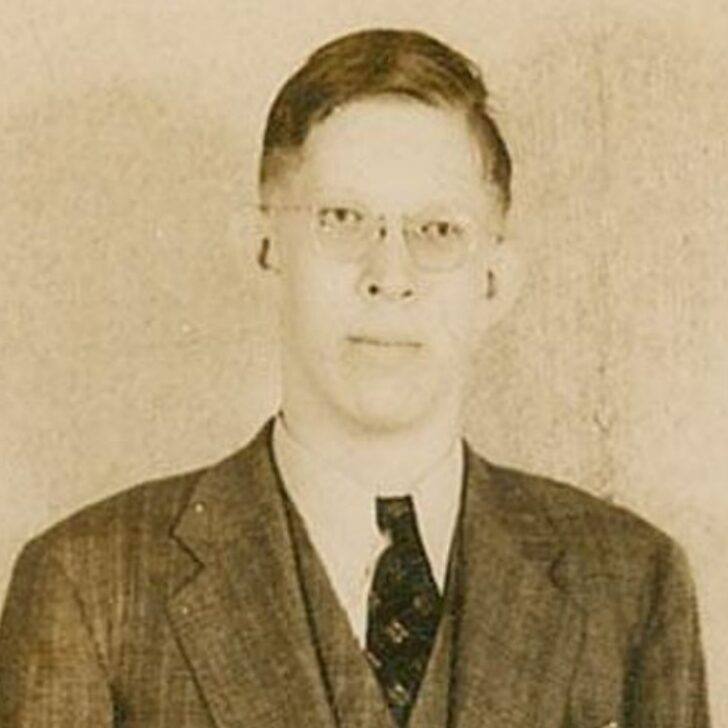

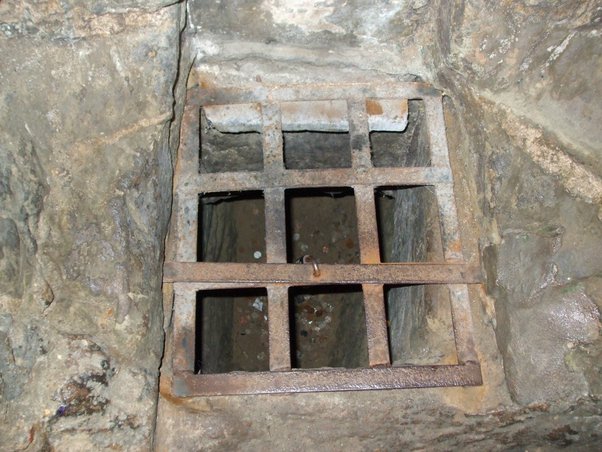

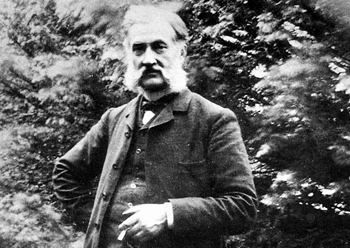



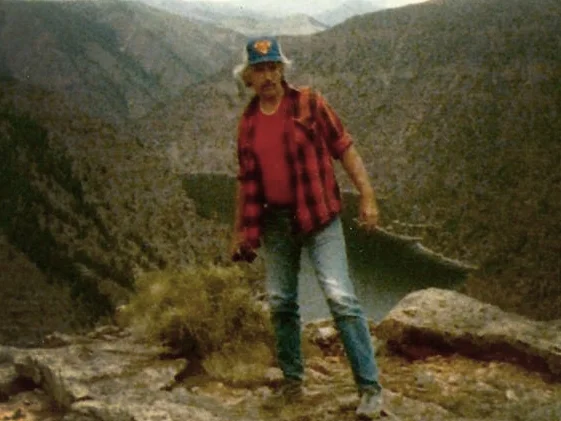
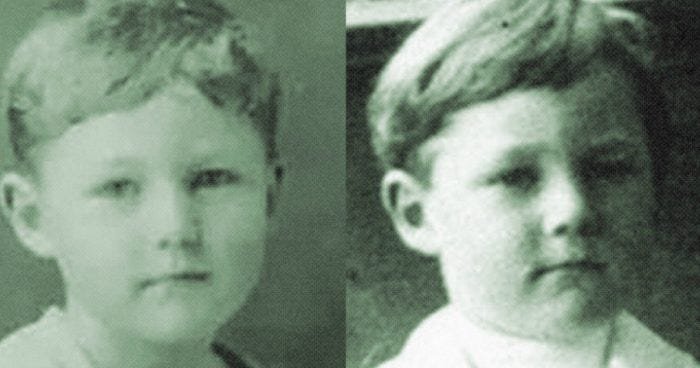

Leave a comment